The Sweet Hereafter (film)
7.8 /10 1 Votes
Duration Language English | 7.8/10 IMDb Genre Drama Country Canada | |||||||||||||||||||||||||||||||||
 | ||||||||||||||||||||||||||||||||||
Release date 14 May 1997 (1997-05-14) (Cannes)10 October 1997 (1997-10-10) (Canada) Cast (Mitchell Stephens), Caerthan Banks (Zoe Stevens), (Nicole Burnell), (Sam Burnel), (Dolores Driscoll), (Risa Walker)Similar movies Away from Her , Bare , Fish Tank , Bridget Jones's Diary , Boys Don't Cry , Antichrist Tagline Sometimes courage comes from the most surprising places. | ||||||||||||||||||||||||||||||||||
The sweet hereafter official trailer
The Sweet Hereafter is a 1997 Canadian drama film written and directed by Atom Egoyan, starring Ian Holm, Sarah Polley and Bruce Greenwood and adapted from the novel of the same name by Russell Banks. The film tells the story of a school bus accident in a small town that results in the deaths of numerous children. A class-action lawsuit ensues, proving divisive in the community and becoming tied in with personal and family issues.
Contents
- The sweet hereafter official trailer
- Alberta watson bruce greenwood love scene in egoyan s the sweet hereafter
- Plot
- Adaptation
- Filming
- Music
- Release
- Box office
- Critical reception
- Accolades
- References

The story is inspired by actual events in Alton, Texas in 1989. It was filmed in British Columbia and Ontario, incorporating a film score with medieval music influences and references to the story of The Pied Piper of Hamelin.
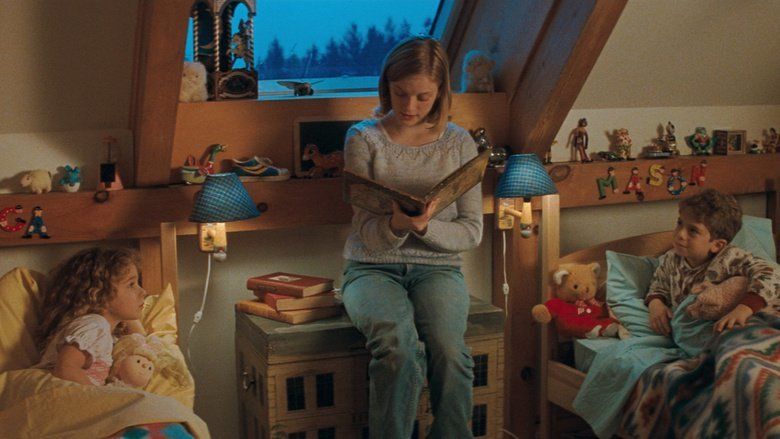
Although The Sweet Hereafter was not a box office success, it was critically acclaimed and won three awards, including the Grand Prix, at the 1997 Cannes Film Festival, along with seven Genie Awards, including Best Motion Picture. It also received two Academy Award nominations, for Best Director and Best Adapted Screenplay. Toronto International Film Festival critics named The Sweet Hereafter one of the Top 10 Canadian Films of All Time.

Alberta watson bruce greenwood love scene in egoyan s the sweet hereafter
Plot
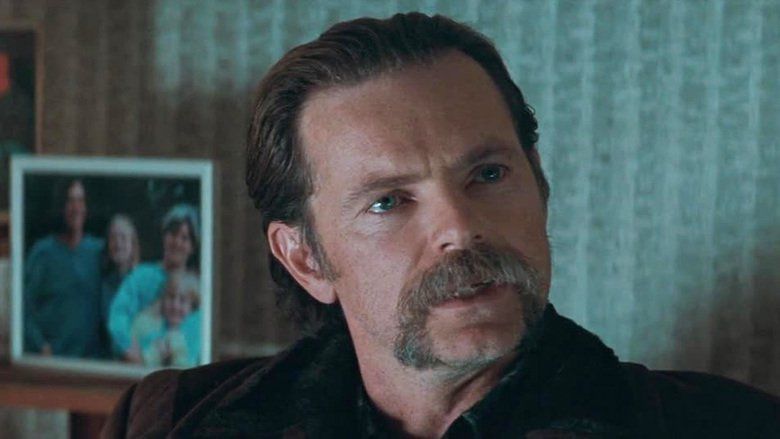
In the small town of Sam Dent, British Columbia, a school bus hits a patch of ice, runs through a barrier and crashes into a lake, killing 14 children. The grieving parents are approached by an out-of-town lawyer, Mitchell Stephens, who is haunted by his dysfunctional relationship with his drug-addict daughter. Stephens persuades the reluctant parents and bus driver Dolores Driscoll to file a class action lawsuit against the town and bus company for damages, arguing that the accident is a result of negligence in constructing the barrier or the bus.
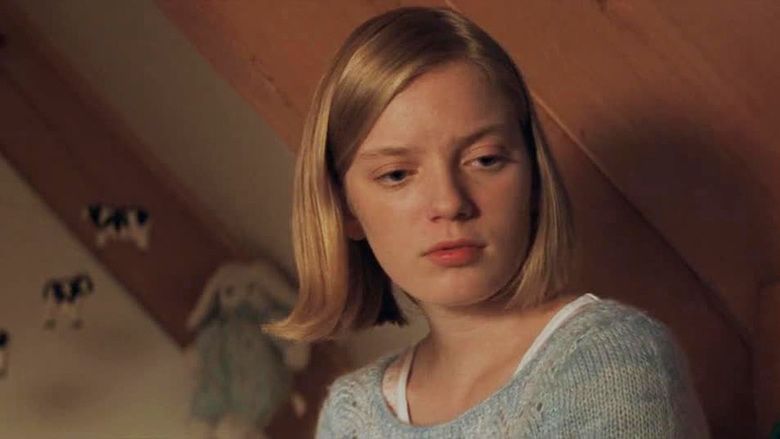
The case depends on the few surviving witnesses to say the right things in court, particularly Nicole Burnell, a 15-year-old now paralyzed from the waist down. Before the accident, Nicole was an aspiring songwriter and was being sexually abused by her father, Sam.

One bereaved parent, Billy Ansel, distrusts Stephens and pressures Sam to drop the case; Nicole overhears their argument. In the pretrial deposition, Nicole unexpectedly accuses the bus driver Dolores of speeding, halting the lawsuit given Dolores' lack of deep pockets. Stephens and Nicole's father know she is lying but can do nothing. Two years later, Stephens sees Driscoll working as a bus driver in a city.
Adaptation
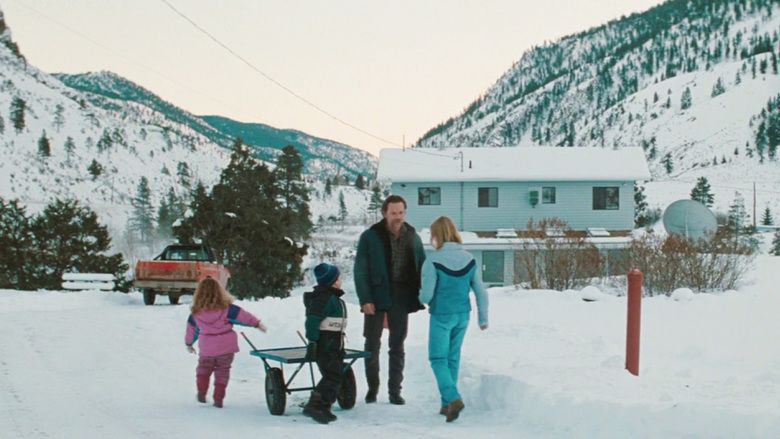
Canadian director Atom Egoyan adapted the screenplay after his wife, actress Arsinée Khanjian, suggested he read Russell Banks' The Sweet Hereafter. The novel is inspired by an incident in Alton, Texas in 1989, in which a bus crash killed 21 students, leading to multiple lawsuits. Egoyan found it initially challenging to acquire the rights, as they had been optioned to another studio that was not actually producing it. Shortly before the option expired, novelist Margaret Atwood suggested to Egoyan that he meet with Banks personally after the director's success with the film Exotica (1994), and Banks was willing to grant him the rights. Egoyan later stated he was drawn to filming the novel because he felt film is for "confronting the most extreme things." As an Armenian Canadian, he also saw the story as a metaphor for the Armenian Genocide, in which those guilty had not accepted responsibility.
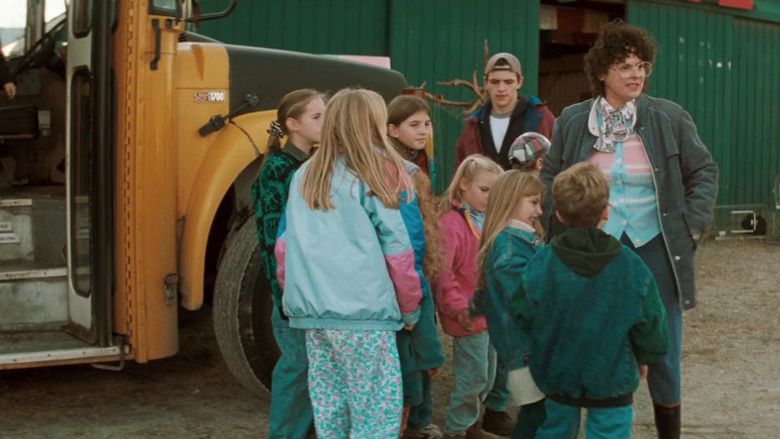
In adapting the novel, Egoyan changed the setting from Upstate New York to British Columbia, to help secure Canadian funding. He also added references to the story of The Pied Piper of Hamelin by Robert Browning, to emphasize how Egoyan saw The Sweet Hereafter as a "grim fairy tale." Nicole is seen reading The Pied Piper to children who later die in the accident. In that story, the Pied Piper leads all the children away, never to return, after their parents refuse to honour their debt to him. Egoyan wrote a new stanza in the Pied Piper style for the scene in which Nicole testifies Dolores was speeding, in which she describes her father's lips as "frozen as the winter moon." Egoyan also made Mitchell Stephens the main character and increased the importance of Stephens' daughter, and moved the reveal of incest to later in the film.
Filming
The film was shot in British Columbia and Ontario, on a budget of $5 million. Funding came from the company Alliance Communications. Egoyan assembled many Canadian actors he had worked with in prior films, including Bruce Greenwood, Gabrielle Rose and Sarah Polley. Egoyan explained the benefit of working with a familiar cast, saying "When you’re working on a limited production schedule, it’s a comfort to know that you know the personalities involved, you know what they need as opposed to having to discover that and be surprised by that."
Ian Holm was cast as Mitchell Stephens after the actor originally set to play the character, Donald Sutherland, quit the project. In casting the part, Egoyan was inspired by Holm's "strangely compassionate, yet furtive and menacing" performance in The Homecoming (1973). Holm explained why he accepted the role, saying, "It's not often you get offered a leading role at age 65... This is my first in a movie," and afterwards said the film is "very touching" and "a masterpiece." Holm called his part challenging, as it was his first lead, but he found Egoyan and the Canadian actors to be great to work with.
Music
The Pied Piper references influenced composer Mychael Danna's music, which uses a Persian ney flute along with old instruments such as recorders, crumhorns and lutes, creating "a pseudo-medieval score." The score thus combined Danna's interests in old and exotic music. Egoyan stated medieval-style music was used to make the film feel timeless, evoking Brothers Grimm fairy tales and avoiding the feel of a TV movie.
Polley's character, Nicole, is an aspiring singer before the accident, and is seen on stage performing Jane Siberry's "One More Colour". Danna and Polley cooperated to create Nicole's music, with Polley writing lyrics to Danna's original songs and with Danna arranging the adaptations of "Courage" and "One More Colour." The songs were chosen because of their domestic popularity, reinforcing the local nature of Nicole's music. The Tragically Hip's original version of "Courage" also appears in the film.
Release
The film debuted in the Cannes Film Festival in May 1997, and went on to play in the Toronto International Film Festival, Telluride Film Festival, New York Film Festival and Valladolid International Film Festival. In Canada, the film was distributed by Alliance Communications. Following its screening at Cannes, Fine Line Features adopted the film for distribution in the United States in November 1997.
In Region 1, The Sweet Hereafter was released on DVD in May 1998. In Canada, the film had a Blu-ray release in June 2012, with special features including interviews.
Box office
By the spring of 1998, The Sweet Hereafter had grossed $1 million domestically. According to The Numbers, The Sweet Hereafter finished its run after grossing $4,306,697 domestically and $3,644,550 in other territories, for a worldwide total of $7,951,247. Although Canadian historian George Melnyk claimed the film achieved "mainstream popularity," Canadian historian Reginald C. Stuart said that the film "aimed for, but did not reach, a mass audience." Dan Webster of The Spokesman-Review concluded that "despite generally good reviews" the film "never attracted much box-office attention."
The Writers Guild of Canada commented that The Sweet Hereafter and contemporary Canadian films "never succeeded in scoring a home run at the international box office." Melnyk suggested Egoyan's previous film Exotica performed better at the box office than The Sweet Hereafter because of Exotica's "sexual content... rather than the early film's artistic merit."
Critical reception
The film holds a 100% rating at Rotten Tomatoes, with an average score of 8.9/10 based on 55 reviews, and a 100% rating based on 15 "Top Critic" reviews. In 2002, readers of Playback voted it the greatest Canadian film ever made. In 2004, the Toronto International Film Festival ranked it third in the Top 10 Canadian Films of All Time, tied with Goin' Down the Road, and in 2015, it was the sole film in the third spot.
Roger Ebert gave the film four stars, calling it "one of the best films of the year, an unflinching lament for the human condition." Janet Maslin, writing for The New York Times, said "this fusion of Mr. Banks's and Mr. Egoyan's sensibilities stands as a particularly inspired mix" and that Sarah Polley and Bruce Greenwood are "particularly good here." Brendan Kelly of Variety praised The Sweet Hereafter as "Egoyan's most ambitious work to date," and "a rich, complex meditation on the impact of a terrible tragedy on a small town," adding Polley and Tom McCamus are "excellent."
Entertainment Weekly gave the film an A, saying it "puts you in a rapturous emotional daze" and calling it "hymn to the agony of loss" and "a new kind of mystical fairy tale, one that seeks to uncover the forces holding the world together, even as they tear it apart." Paul Tatara of CNN called The Sweet Hereafter "devastating" and said Ian Holm gives "the performance of his hugely impressive career." David Denby of New York mazine said that the film had "Ian Holm's greatest role in the movies," and that the cast are "all excellent." The film made over 250 critics' Top 10 lists for the best films of 1997.
In 2004, Slovenian critic Slavoj Žižek called The Sweet Hereafter "arguably the film about the impact of trauma on a community." That year, The New York Times also included the film on its list of "the Best 1,000 Movies Ever Made". In 2011, British director Clio Barnard praised the "real depth" and "healthy ambiguity" of the story and said Holm and Polley as "brilliant", giving "powerful, subtle performances." One year later, The A.V. Club named The Sweet Hereafter the 22nd best film of the 1990s, praising it as a "masterpiece of adaptation."
Accolades
The Sweet Hereafter won three awards at the 1997 Cannes Film Festival: the FIPRESCI Prize, the Grand Prize of the Jury, and the Prize of the Ecumenical Jury. This was the highest honour won at Cannes for a Canadian film and made Egoyan the first Canadian to win the Grand Prix, followed by Xavier Dolan with It's Only the End of the World in 2016.
The Sweet Hereafter also won Best Motion Picture, Best Director, Best Cinematography, Best Actor for Holm, and three other prizes at the 18th Genie Awards. It was nominated for Best Director and Best Adapted Screenplay at the 70th Academy Awards, but lost to Titanic and L.A. Confidential, respectively.
References
The Sweet Hereafter (film) WikipediaThe Sweet Hereafter (film) IMDb The Sweet Hereafter (film) themoviedb.org
